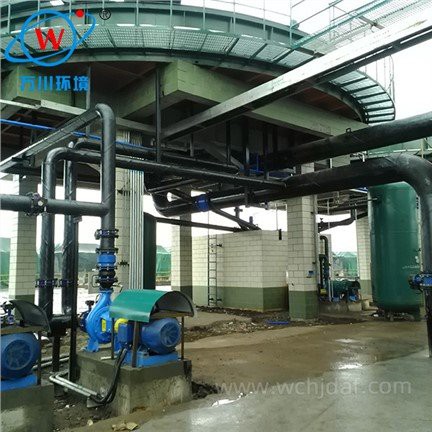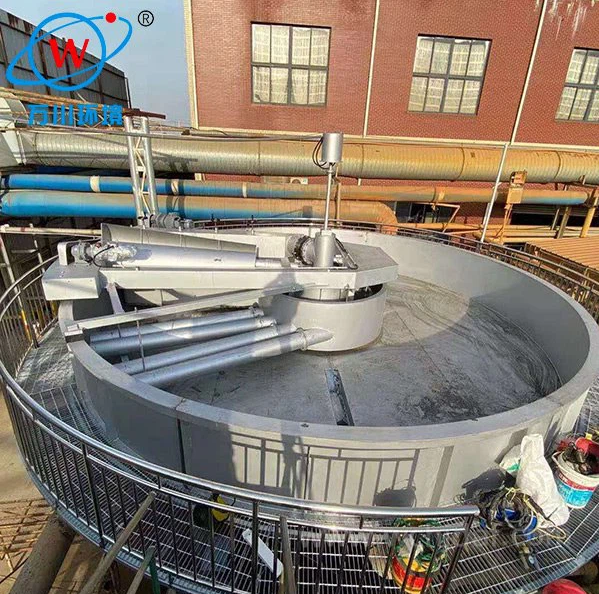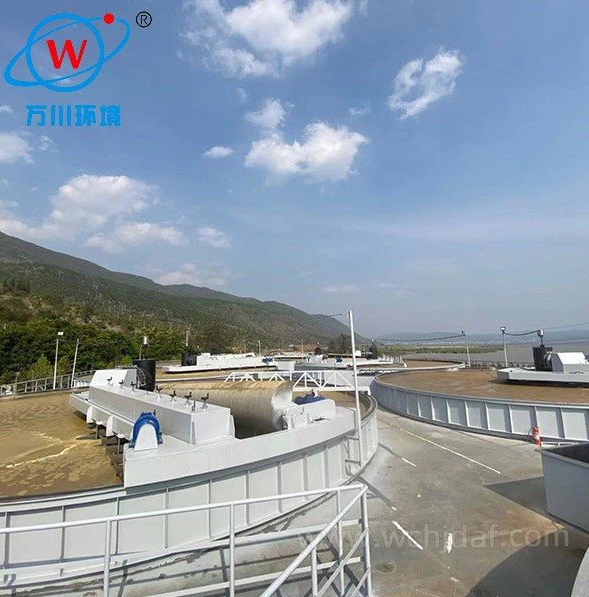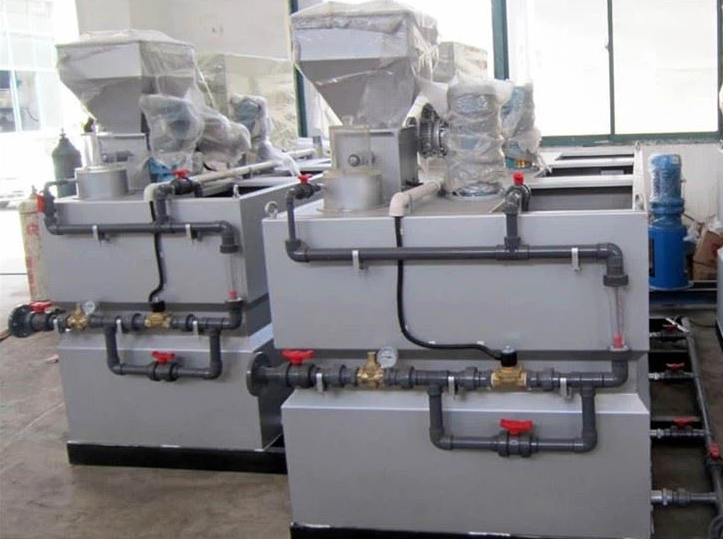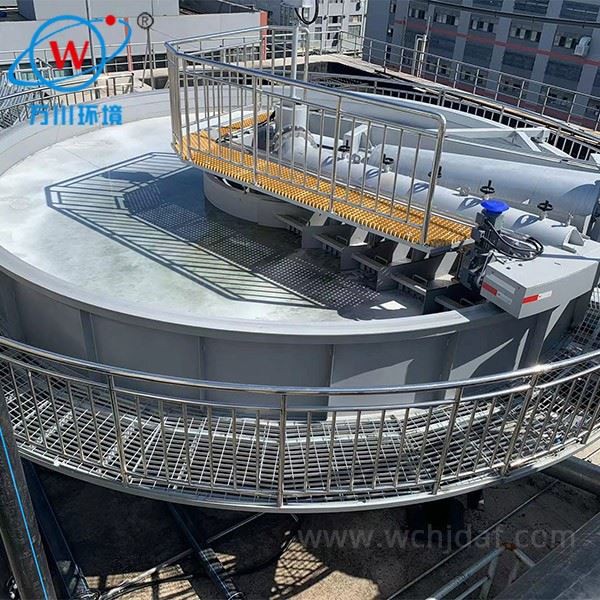DAF Operation in Low-Temperature Environments
Operating a dissolved air flotation unit in low-temperature environments requires careful attention to several critical factors that can impact performance. Cold temperatures significantly affect the solubility of air in water, altering the formation and stability of the tiny bubbles essential for particle separation. This change in bubble characteristics can reduce the efficiency of particle attachment, making proper system adjustment vital.
Bubble Formation Challenges
- Cold temperatures reduce air solubility in water, affecting bubble formation
- Altered bubble stability can decrease particle attachment efficiency
- May require adjustments to air-to-water ratios and saturation pressures
Chemical Treatment Adjustments
- Coagulation and flocculation reactions slow in cold temperatures
- May need modified dosing strategies or cold-weather formulations
- Extended mixing times often required for proper floc formation
Fluid Dynamics Changes
- Increased wastewater viscosity affects flow patterns
- Potential disruption to uniform flow distribution
- Requires closer monitoring and possible operational adjustments
Equipment Considerations
- Risk of increased friction in pumps and valves
- Potential for freezing in exposed components
- Regular inspections and preventive maintenance essential
Operational Strategies
- Insulation of critical components recommended
- May need to adjust retention times and flow rates
- Proactive monitoring of all system parameters crucial
Overall, successful operation in low-temperature environments demands proactive monitoring, strategic adjustments to chemical and operational parameters, and vigilant equipment maintenance to ensure reliable suspended solids removal.

